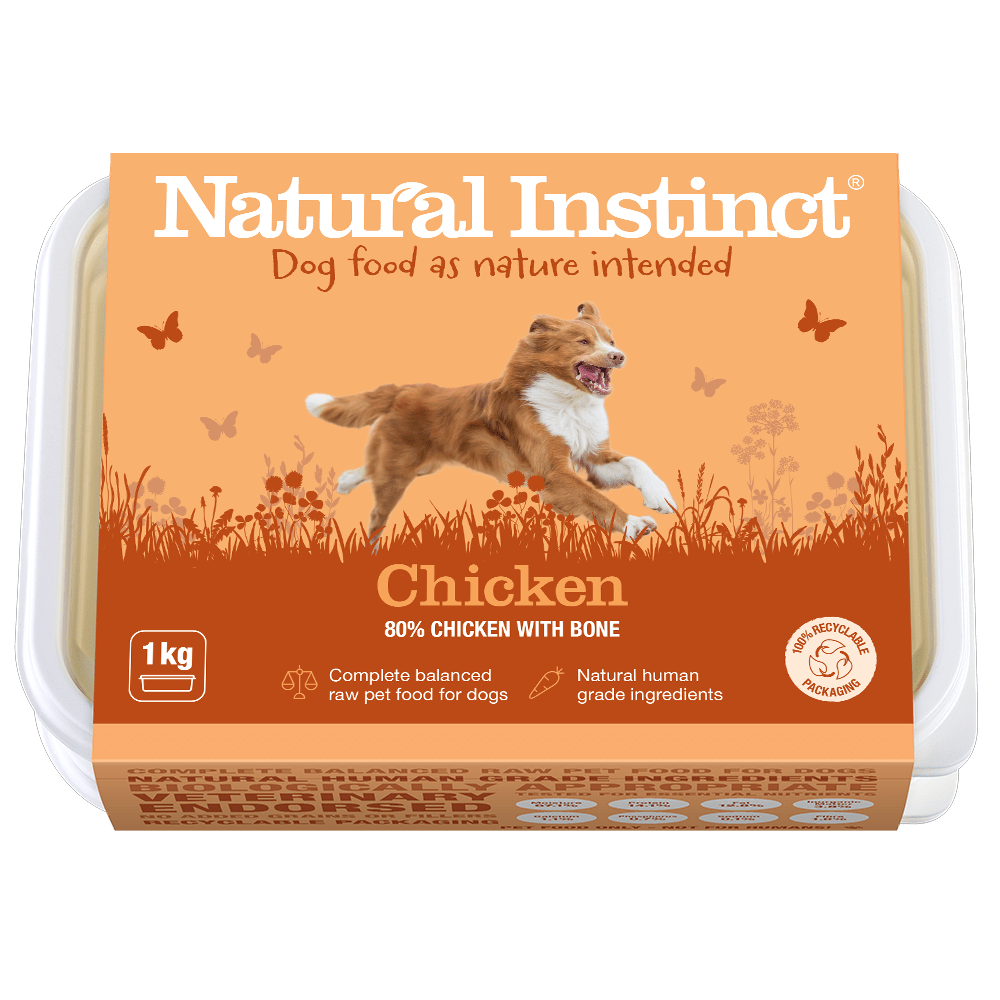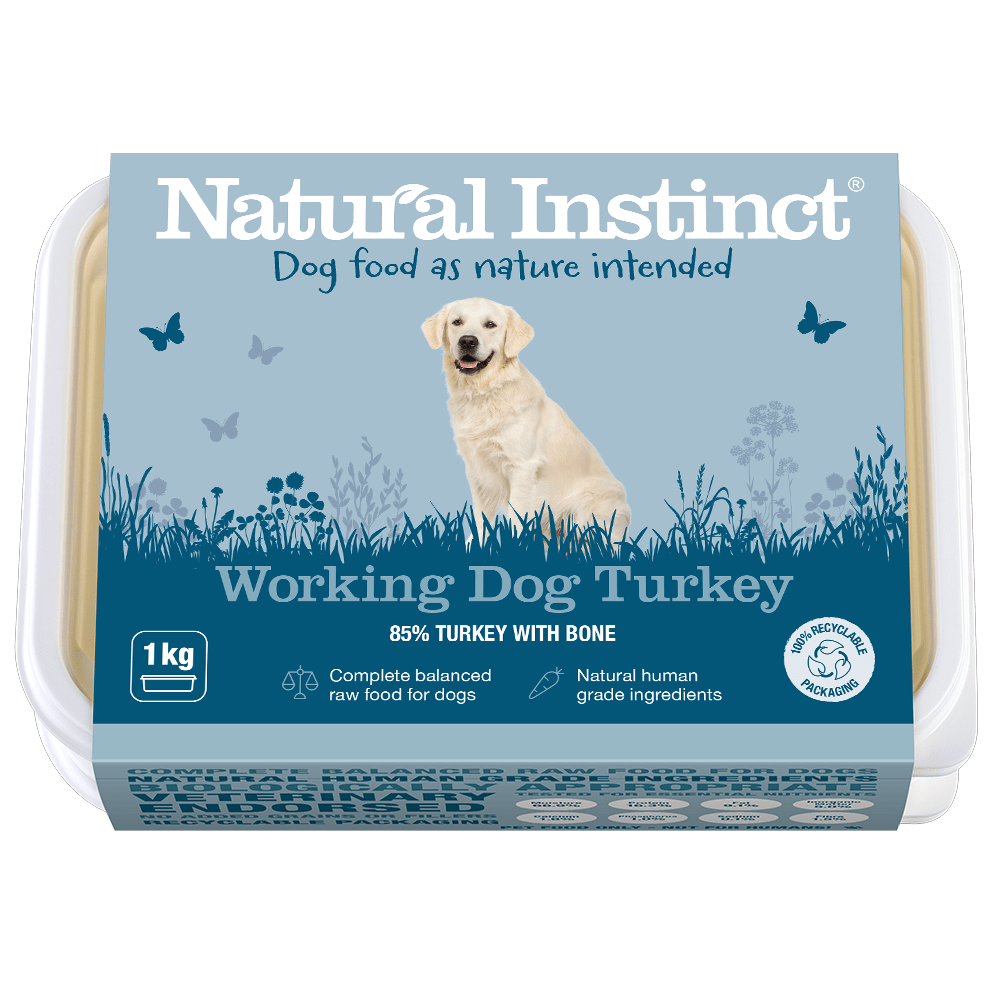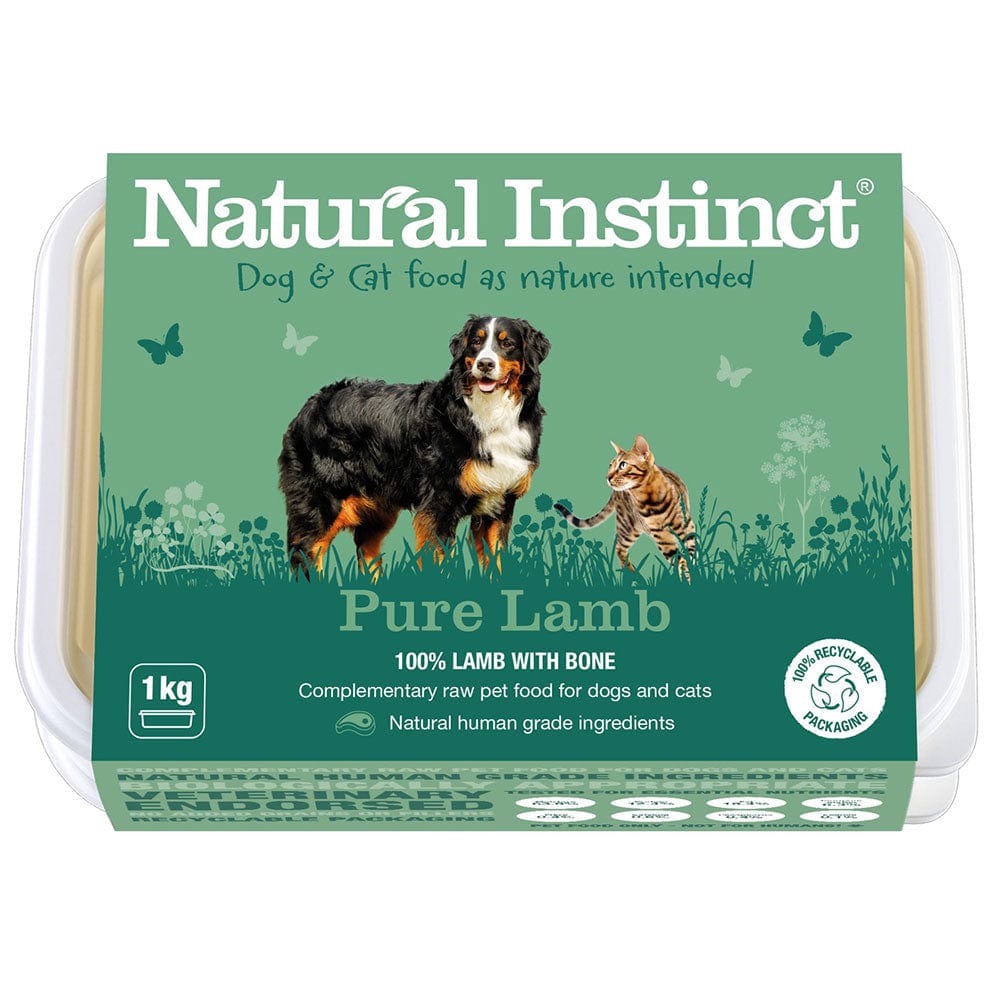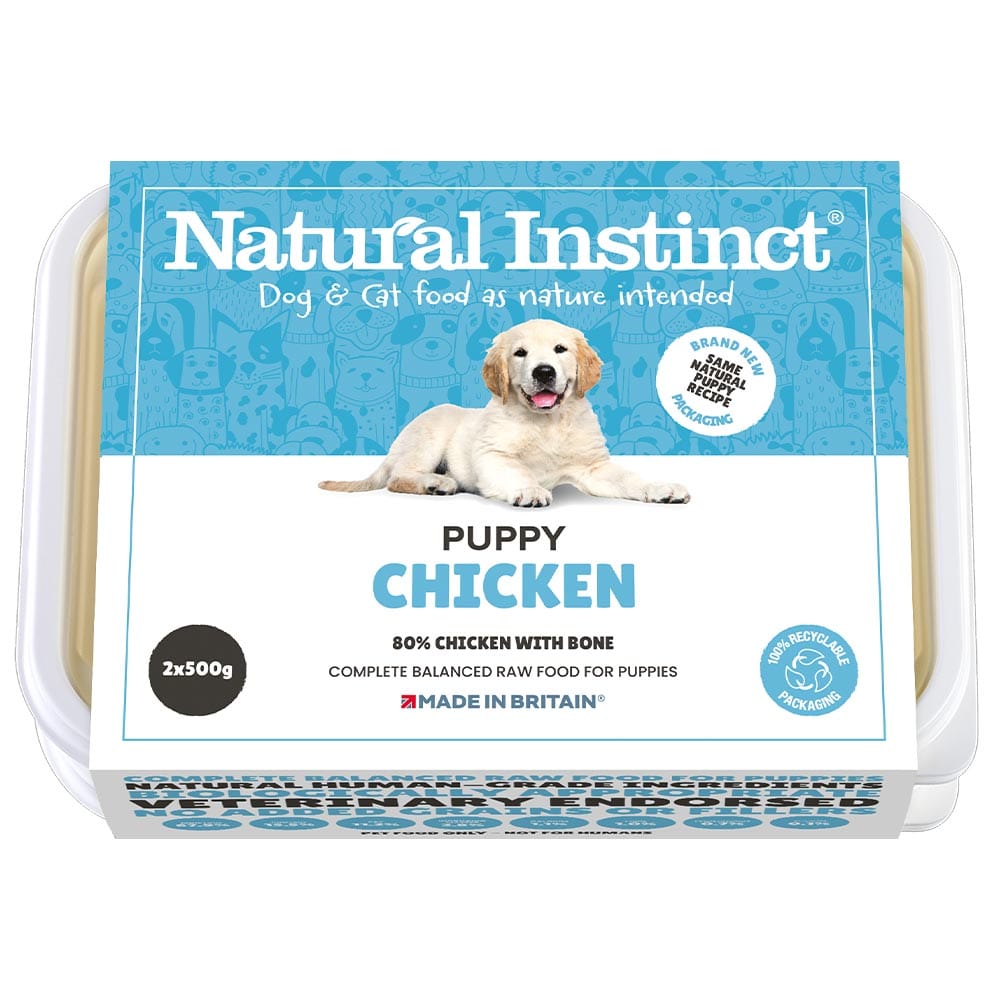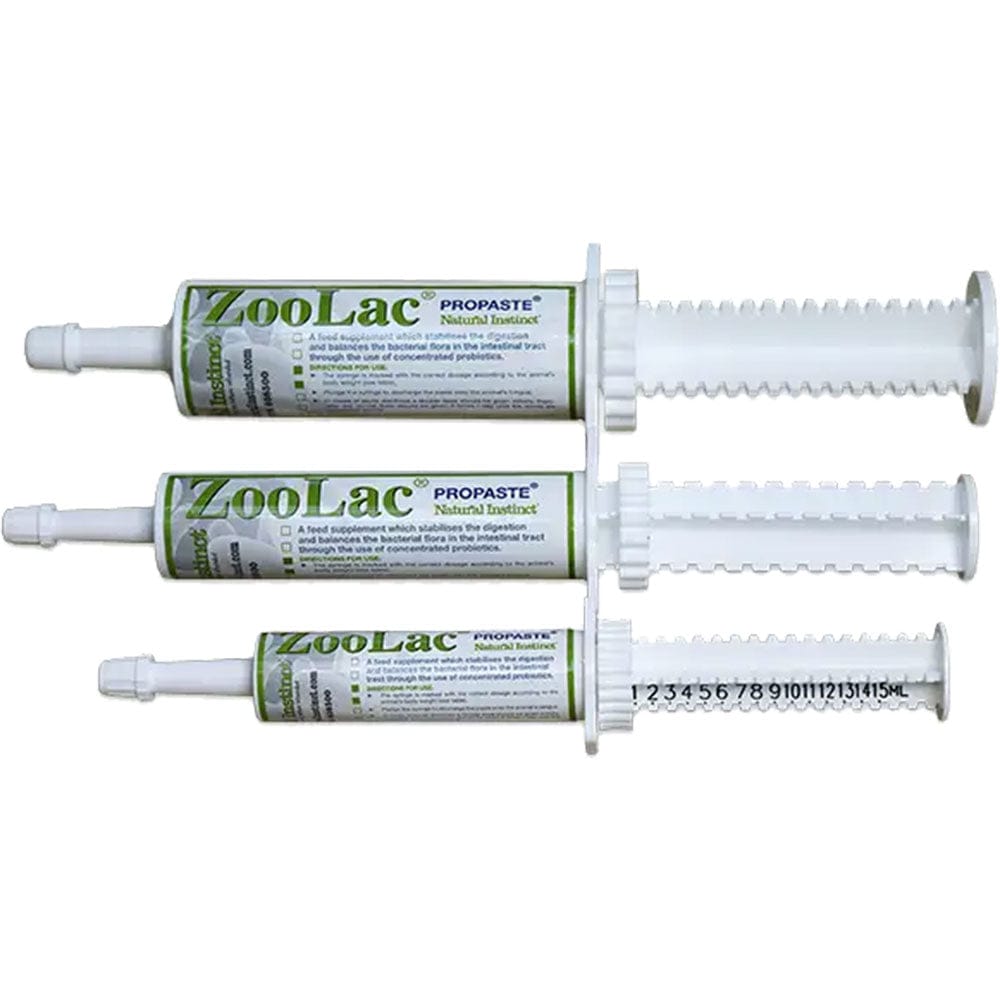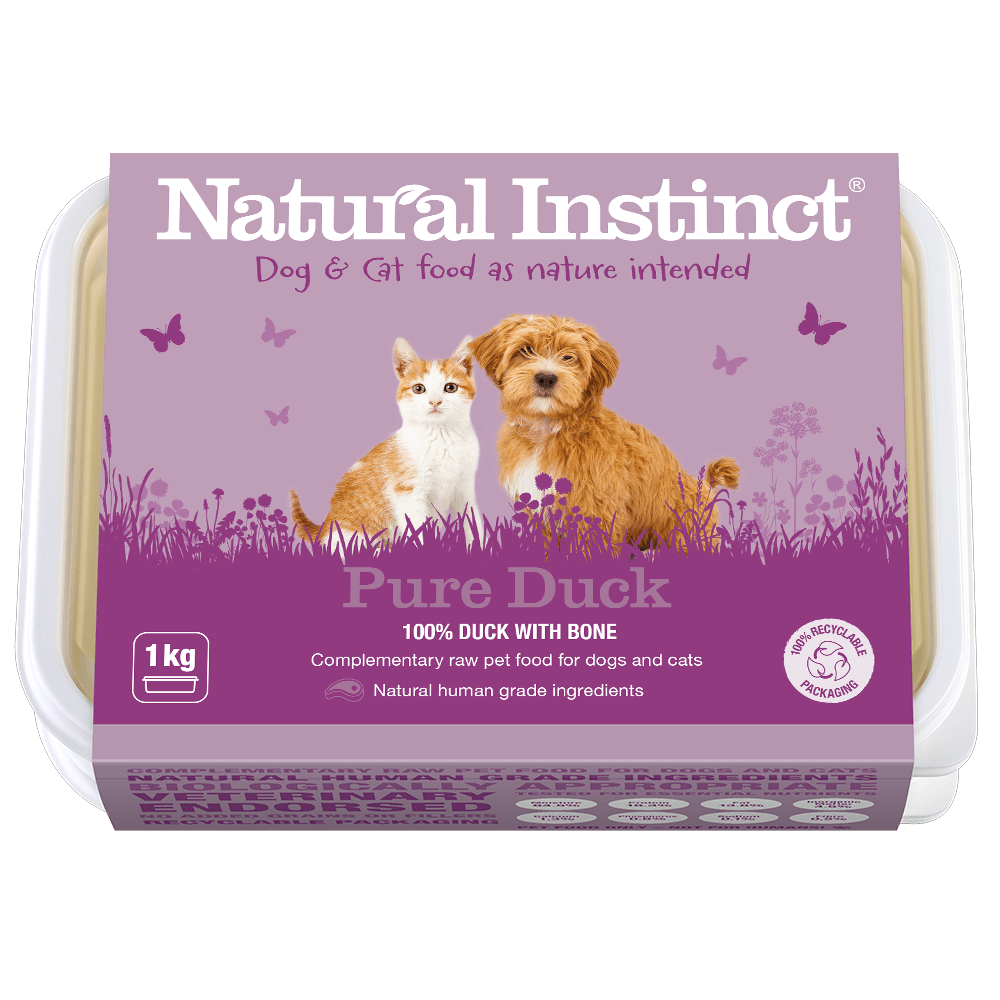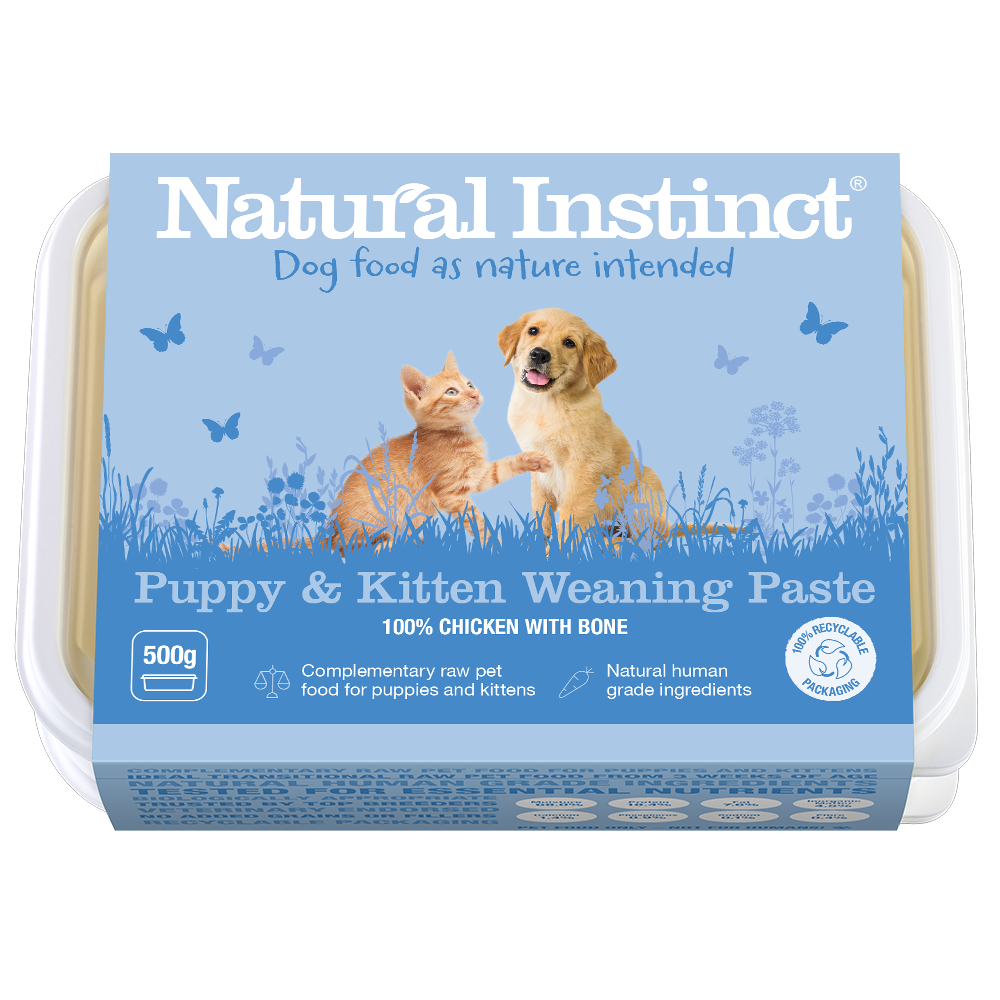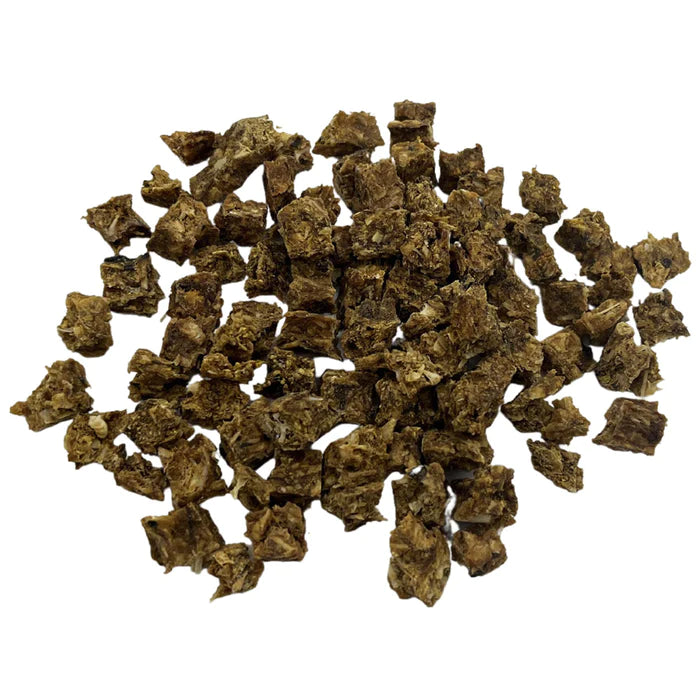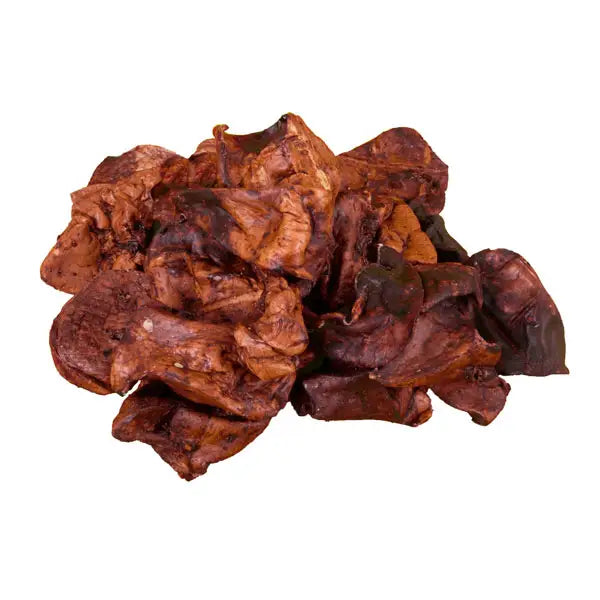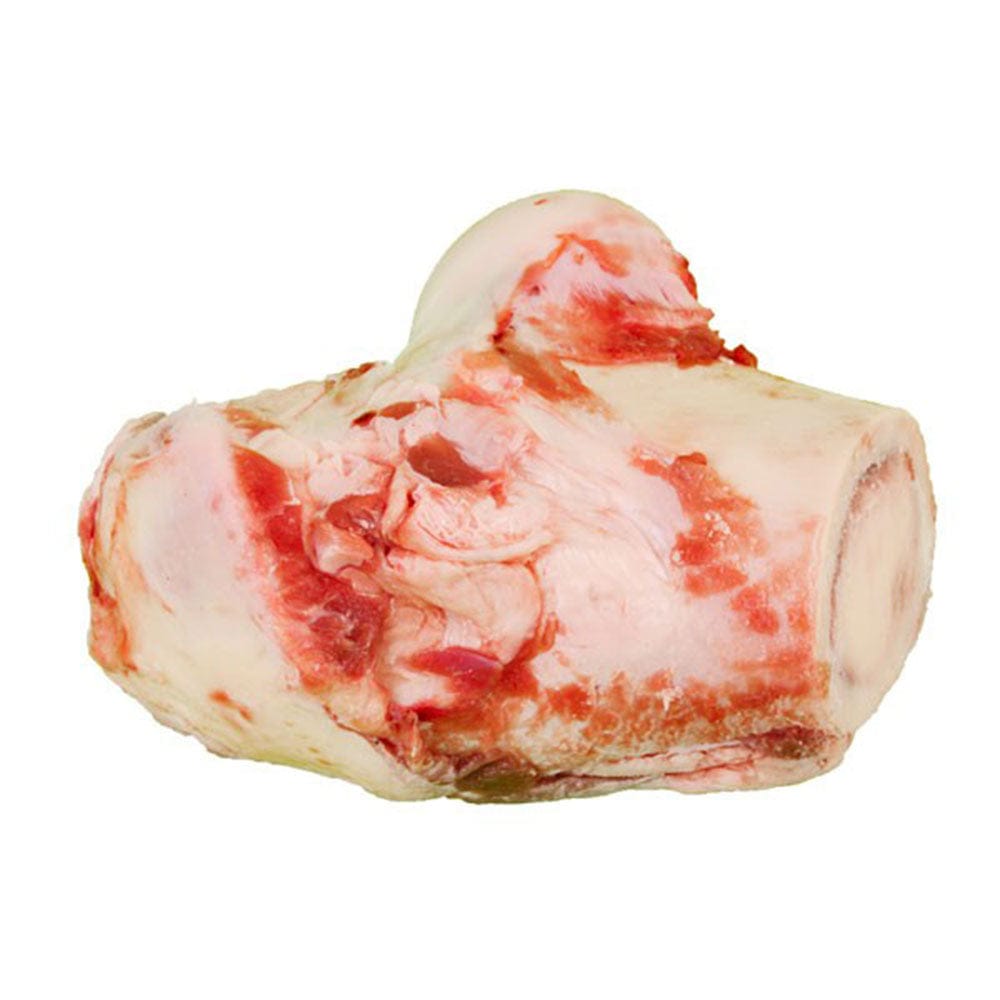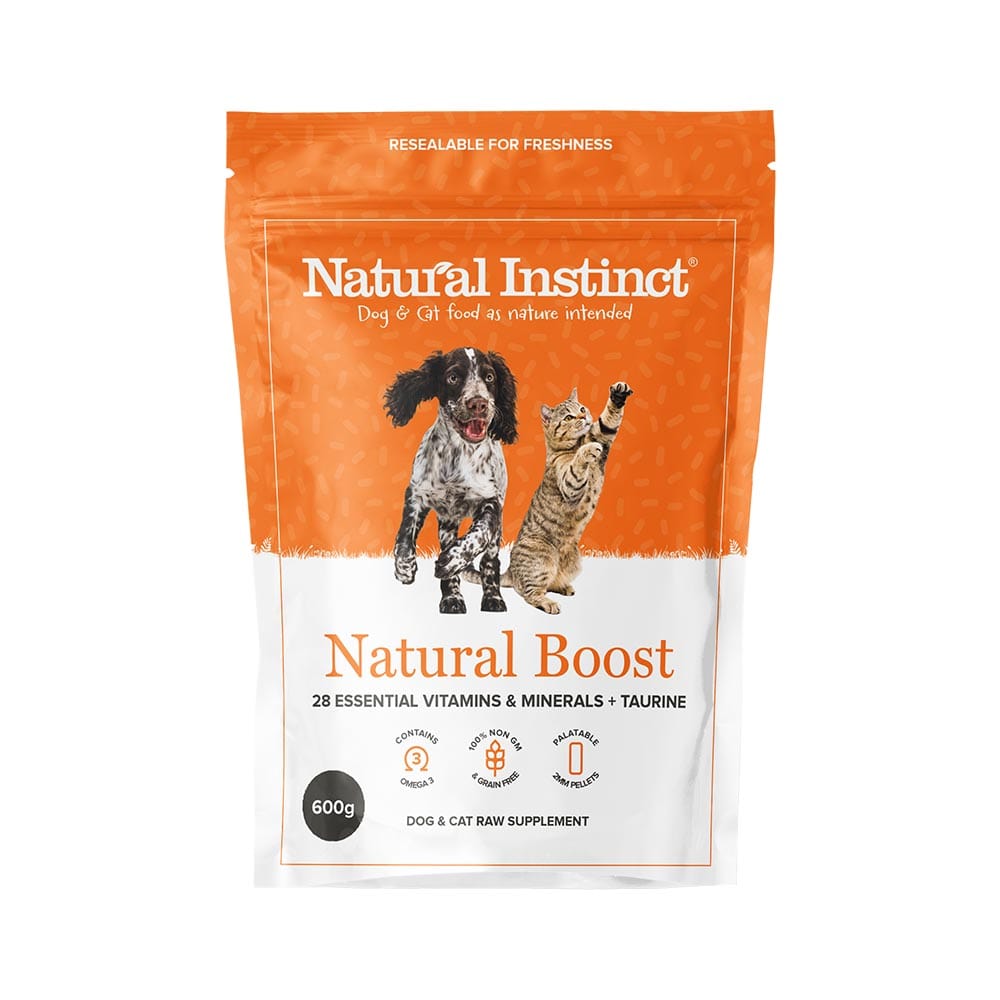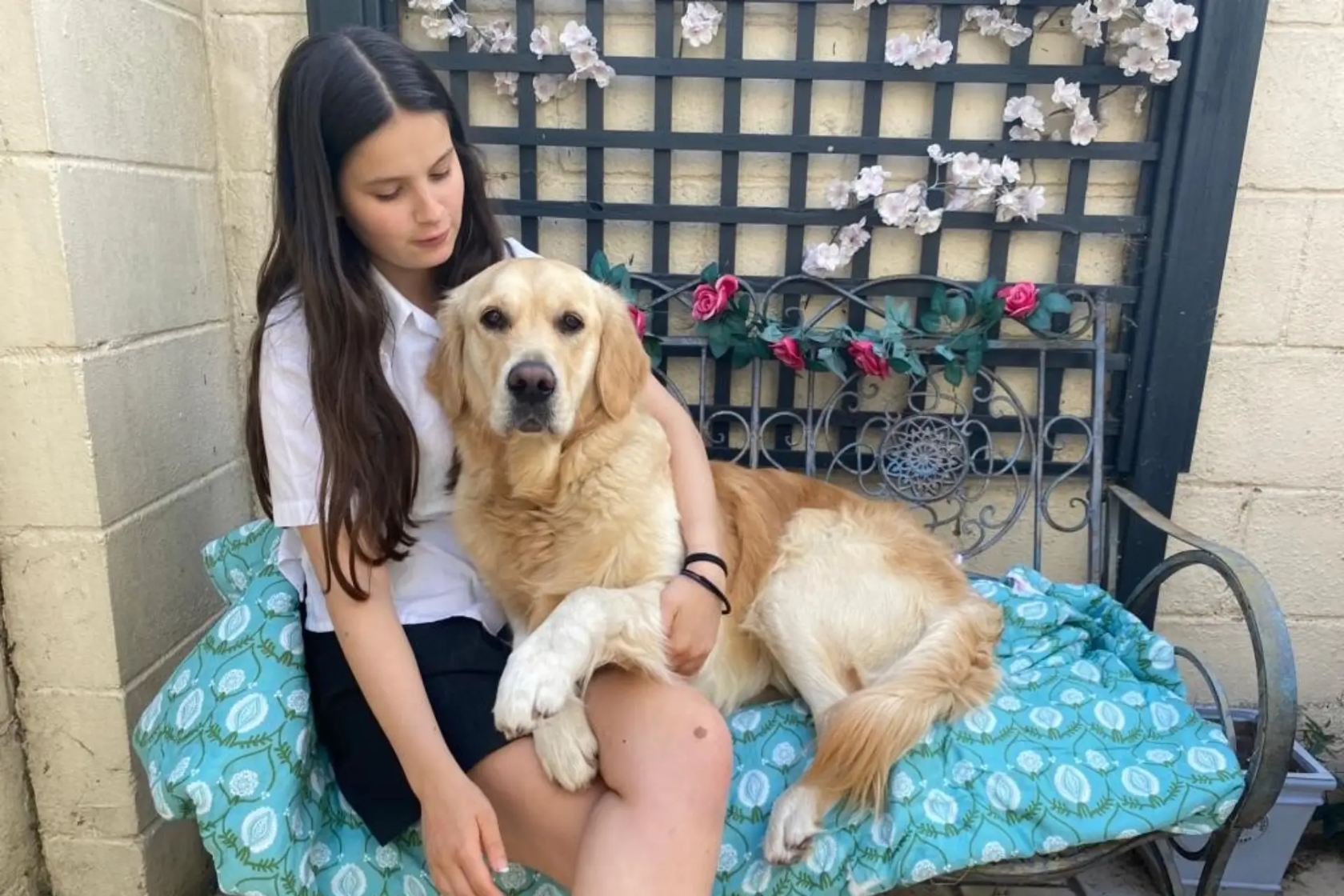“I love competing and pushing myself and my dogs to be the best” - Dave Munnings
Dog agility, a sport which involves a handler directing a dog through an obstacle course in a race based on timings and accuracy, is grabbing the attention of many dog owners. But how can you get involved in this popular sport and take your first step in the ring?
We caught up with world-class agility trainer, Dave Munnings, who recently won the Championship Class with one of his dogs, Boost, at Crufts 2022. Dave kindly answered some of your questions and told us why dog agility is his sport of choice!
Why do you think dog agility is becoming so popular?
Dog agility is a fantastic sport, and the bond it can create between owners and their dogs is really special. Not only does it help build that close relationship, but it’s also truly rewarding. Dog training takes time and can be tough, but there is a real sense of achievement for owners when they see the progression in ability and begin entering competitions, from the foundation level, right up to the big, world-class events.
Of course, like any sport, competing comes with its highs and lows, but it is worth every second. I personally love competing and pushing myself and my dogs to be the best.
Training your dog helps to boost their fitness and your own, which is a real benefit. Who wouldn’t rather work out with their dog, over hitting the gym? There is also a really lovely social atmosphere within dog agility, it really is a friendly, welcoming sport, ideal for kids and adults alike. It is like one big family, and there is nothing like catching up, all together, after a day of competing.
How do I get my dog into agility?
There are lots of ways to get involved in agility training. There are various clubs across the country that you can join. Find your nearest Kennel Club registered group here. Clubs are a great way to trial agility training and see if it is right for you and your dog. There is also a range of videos available on YouTube which can be a great resource for dog training, specifically working on self-control and working for rewards.
Once you get a feel for the sport, you can opt for a private trainer. There are plenty of trainers across the country but be sure to enquire about their training methods before enrolling. For example, look for trainers that use positive, reward-based training methods. Agility is all about having fun, so it is important to find a trainer you get on with, matching your personalities is super important.
Are some breeds better than others at agility?
All breeds are capable of agility, but of course, some breeds tend to be better than others. You do need an athletic dog by nature, and naturally, larger working dogs such as Border Collies tend to be easier to train and do better. Medium size dogs such as Spaniels, Shelties, Shetland Sheep Dogs and toy poodles are also good breeds for training.
Essentially, you just need to bear in mind that your dog should be quite able physically. For example, with pugs, it is important to recognise their breathing is more laboured, and they have smaller legs, so agility might not be as easy for some breeds, compared to others.
There are 4 height categories recognised in the UK for agility:
- Small – Under 35cm
- Medium – Under 45cm
- Intermediate – Under 50cm
- Large – Over 50cm
Why do you feed your dogs raw food?
I was feeding kibble to my dogs for years and noticed that some of them would regularly experience gastro problems and diarrhoea. I always want the best for my dogs, so I started to look into raw dog food. I spoke to a few companies but really liked Natural Instinct’s offering. I visited the headquarters and saw for myself how fresh all the ingredients were, not to mention human grade. I transitioned my dogs to raw food with the support of Natural Instinct. Over time, I have visibly seen just how good it is for them, they have a healthier coat, healthier teeth, improved breath, and they rarely ever have an upset stomach now.
I really put this down to the raw food diet, which has no additives or preservatives and is 100% natural. I made the decision to transition my dogs to raw 8 years ago and haven’t looked back since.
What tricks can I start in my garden to get my dog more active and interested in agility training?
Consistent training is key. The more you train your dogs, the more interested they will be and the more excited they will be each time as they come to know what to expect. You don’t need lots of dog agility equipment to get started, just time and a good space to train.
You need to teach your dog to value rewards, and more importantly, they need to learn that rewards come from you, not a bowl. This will help to build your relationship and make training enjoyable for both you and your dog, so try giving breakfast or dinner as a reward when training from yourself, rather than putting a bowl down for them to eat from.
In terms of tricks, I would always start with the basics, so to sit, lie down, stand etc. This helps to build obedience. You can then opt to teach some more fun tricks, e.g. spinning right or left, twiddling through your legs, running around you in circles. You can lure your dog with treats but try and focus on tricks that involve them coming close to you and improving balance, as in agility, this is key.
How many treats and what type of treats do you use in training?
This is really a case-by-case basis and largely depends on how your training is going. I’d recommend finding out what your dog loves the most; what sends them crazy excited? Once you know, you can then use these treats or toys as your high-value rewards – especially useful in environments where they are likely to get distracted.
Natural Instinct have just launched a new range of ambient treats, which are great for on the go. Even better, try hiding a treat in a lotus ball, so they have to work for the treat – a physical and mental exercise!
How long does it take to train to full potential?
This varies from dog to dog and trainer to trainer. For me, I would expect my dogs to reach their full potential by around 4 years old. This is when I’d expect to see them start to do well in competitions. However, some dogs do train quicker than others, for example, boys can take longer than girls, so it really isn’t a case of one rule for everyone.
Are there competitions for all levels of agility?
There are lots of opportunities to compete for all levels of agility. UK Agility is great for anyone starting off at beginner levels. You can train dogs in the ring and participate in some fun competitions.
For higher-level competitions, check out the Kennel Club, which shows progress through the grades and the system of ‘winning up.’ There are 7 grades, with grade 1 being the lowest level and grade 7 the highest level.
And of course, if you want to do really well and continue competing, there are nationwide and global competitions such as the World Championships, Crufts, Olympia and more!
Dave Munnings and his partner run Q-Me Agility, a training centre in Bicester. Q-Me offers training across abilities, from foundational courses to dogs training to be world champions, and its flexible model also offers an online subscription service. Visit the Q-Me Agility Facebook page for more information.
